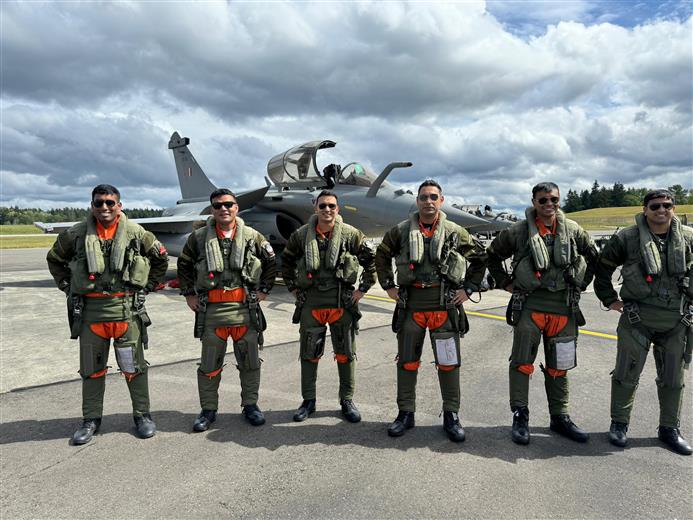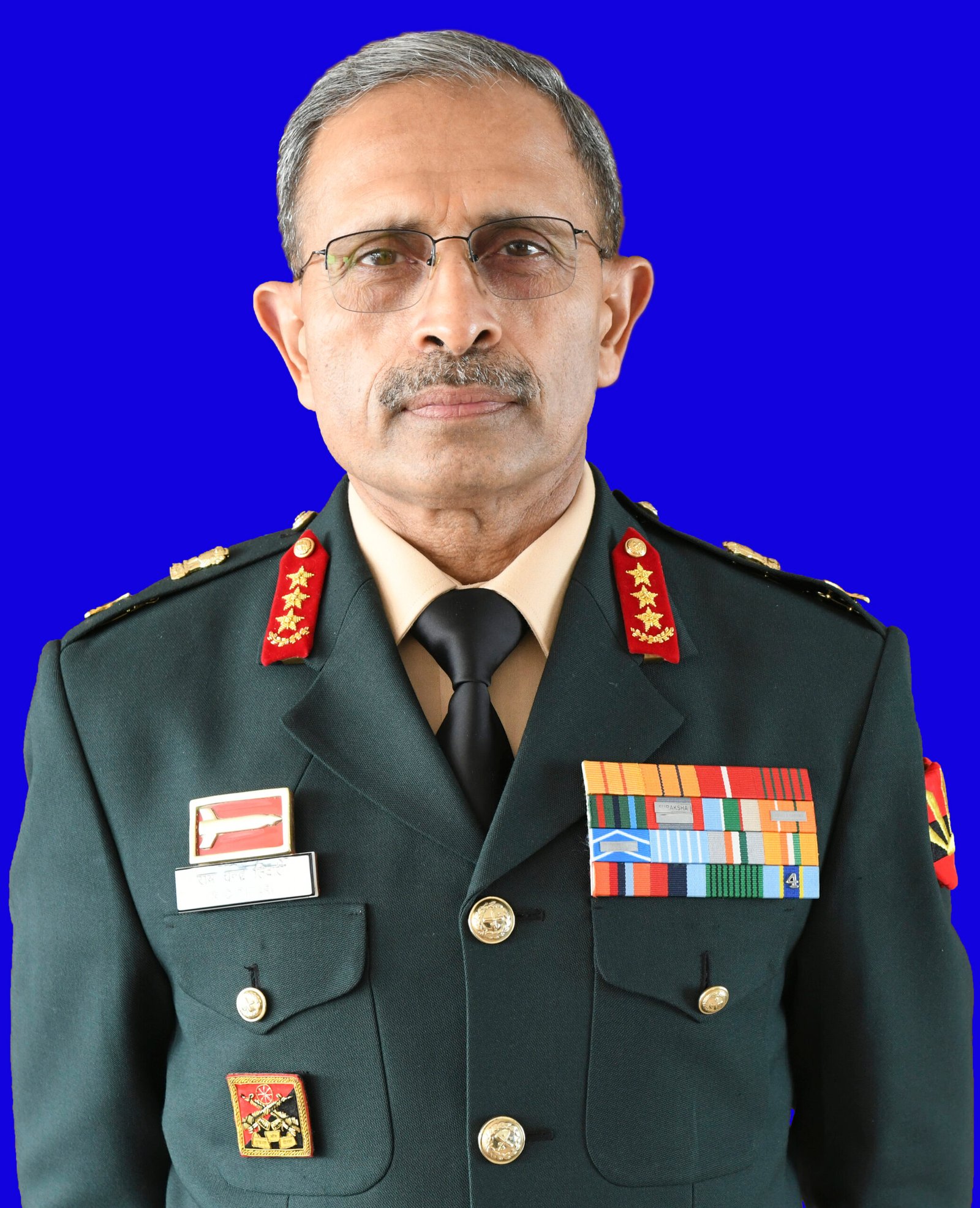
When India projects an election turnout in J&K topping 54 per cent, and also speaks of returning normalcy, it’s time for hackles to rise in Pakistan. Every hybrid function of war then comes into play
by Simantik Dowerah
In the last 35 years in Jammu and Kashmir, what Pakistan has indulged in is the sponsoring of a proxy hybrid war and not some predictable conventional operation. How does one characterise this type of war? There are no timelines, no declared victories and defeats, and the foot soldiers of the sponsor are all irregulars, many times supported by regulars out of uniform. This is the first and foremost thing that the common man in India must understand.
Hybrid operations are conceived to cause disruption, both in the civilian and military domains, with an intention to frustrate the adversary and force him to carry out responses which are irrational and do not fetch long-term dividend, just short-term reprieve from situations. They remain dynamic and progressively build on these successes. Setbacks are accepted and the return is with tweaking of strategy. In the case of Pakistan, the origin of the orders to conduct disruption and turbulence are mired in a grey zone because of the layers that exist in the decision-making process and a more than active deep state wanting to control things.
The unfortunate and most regrettable targeting of civilian pilgrims travelling to a shrine in the Jammu region on June 9, 2024, which led to the death of nine pilgrims and injuries to 30 more obviously had a method in the madness. Pakistan and its deep state, over the last five years, have been rendered almost irrelevant in the narratives that matter in J&K and outside.
However, despite having neutralised many networks comprising terror financing, narcotics, radical and ideological, media and over-ground workers (OGWs), the stakes for Pakistan continue to be high. Its capability to conduct effective acts of terror or control the population and the narratives remain limited, especially in the Kashmir Valley. However, its concept of proxy war being hybrid, it still remains a major stakeholder. Thus, when India projects an election turnout in J&K topping 54 per cent, and in the same breath speaks of returning normalcy, it’s time for hackles to rise in Pakistan. Every hybrid function of war then comes into play.
With the above backdrop, Pakistan watched the tide of India’s successful democracy on display, a coalition government formed and inaugurated within five days. One of the layers of decision-making in Pakistan probably decided that the June 9, 2024, inauguration event of the NDA 3.0 was an adequately significant event, riding on whose news worthiness the terrorists could strike and make their statement.
The planning should have been for the Kashmir Valley but the targets there are far and few. A mass effect was the intent and that would mean a large number of fatalities. In Kashmir, due to the extra strong counter-infiltration grid and the distances from the LoC to the hinterland being 100 km and more, the potential to find targets that matter is difficult. Pakistan cannot plan for terrorists to ambush a bus on the Kupwara-Baramulla road, for example, because the victims will all be Muslim; that is not going to fetch any dividends and in fact will send a negative message to the Kashmiri population. The same action on the Reasi-Katra road will cause fatalities and injuries to Hindu pilgrims who travel to Vaishno Devi and other shrines in the region which has a mix of Hindus and Muslims in the population. That is the Pakistani intent; it will raise the communal temperature inside India. It’s also easier to execute such an operation since infiltration is simpler here and the presence of the Army and other security forces (SF) is of a lower density.
Twenty-four years ago, on 19 March, 2000, then US President Bill Clinton readied himself to address a Joint Session of India’s Parliament. A night before the address 36 Sikhs were gunned down by the Lashkar-e-Taiba (LeT) in a village called Chittisinghpura, in Anantnag district. The idea was to convey that Pakistan was a relevant player in J&K, even as the source authorising such strikes remained in the grey zone. In the Reasi strike and three lesser intensity strikes thereafter, obviously Pakistan remains in denial while an abstract group (The Resistance Movement or TRM) with a name which is a euphemism for LeT, claims credit. The grey zone is intact and that is the strength of the hybridity of operations that Pakistan launches.
These operations are independent of the situation within Pakistan. The economy may be in shambles, its polity even worse, the internal security situation remains abysmal and the Afghanistan border is alive. In the midst of all this Pakistan seeks opportunities to ensure that its 35-year investment in J&K does not go waste due to the success of India’s five-year-old strategy (since August 5, 2019) under Prime Minister Narendra Modi. It looks to re-establish its relevance in the eyes of the population of J&K and it perhaps believes that it can achieve that with patience and a long-term perspective. That is the bottom-line explanation for what has happened at Reasi and the area around.
There is only one other angle which needs to be factored in as a reason for the terrorist strike. The elections for the J&K Assembly are due to be held. The Supreme Court has directed the Election Commission (EC) to conduct this election before 30 September, 2024. Already the Lok Sabha election proved a run-away success with average 54 per cent voting, a phenomenon not witnessed for long.
Successful assembly polls will sound the death knell for Pakistan and its cohorts. They have to be disrupted and there are opportunities coming up in the short term, in the form of the Sri Amarnath Ji Yatra (SANJY) commencing on June 29, 2024. The Yatra bears an ideological and a sentimental chord which is extremely sensitive. Such a situation had arisen in 1999 too, at the height of the Kargil War when a disruption of the Yatra was sought by Pakistan through induction of a large number of terrorists. In some areas of Kashmir even regular Pakistan Army officers from its Special Forces infiltrated and led operations in the Lolab and Handwara sectors.
Clearly, we have a lot more on our plate than one could have anticipated. Perhaps it’s because of this that the experienced and highly respected former Army Chief, General VP Malik, has publicly recommended the postponing of the assembly polls. General Malik has obviously considered all the above and going by his experience of handling J&K in some of the most turbulent times one cannot wish away such opinion. However, given our success in J&K since August 5, 2019, a postponement may upset the conceptual momentum that has gathered over time and project weakness on our part especially at a time when Pakistan is considered strategically extremely weak.
We may risk moving ahead with the assembly elections by ensuring we secure ourselves completely and issue a stern warning to Pakistan (all the layers that control it) that India’s threshold of tolerance has already lowered. Any further Pakistan sponsored actions will only attract a retribution which will remain unpredictable; most importantly that India was willing to bear the full consequences of its response and actions thereafter. A section of people in India may consider this a weak approach. That is not so; it’s the most pragmatic strategy that prioritises the development and integration route of J&K.
This essay did not discuss any aspects of security and how India should focus on it. That is a separate domain which takes into consideration the inter se priority between regions and sub-regions within the UT, the current deployments and need for more if required. The 35-year experience of handling these operations gives us a lot to lean upon and the Indian Army will need the full energy of its new leadership to make things work the way it has always done in the past.
The writer is a Member of the National Disaster Management Authority














































































